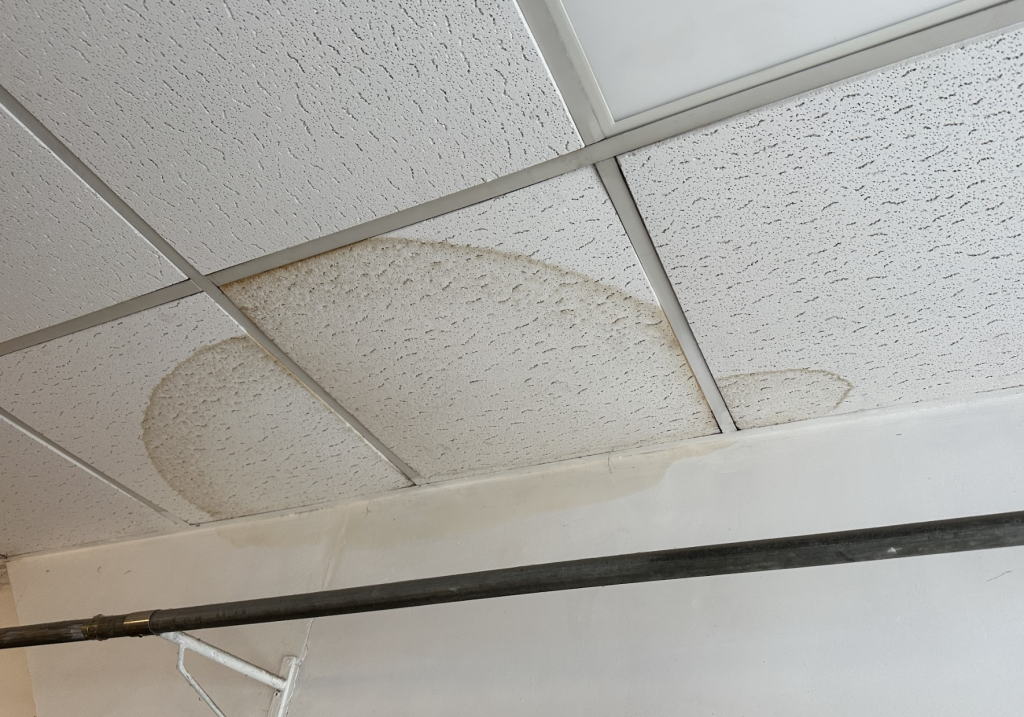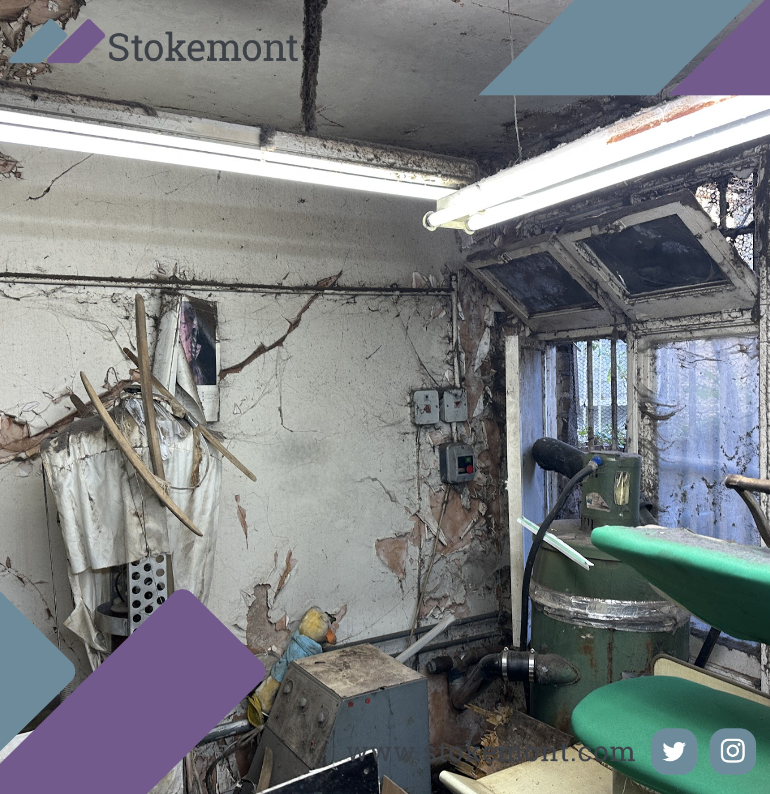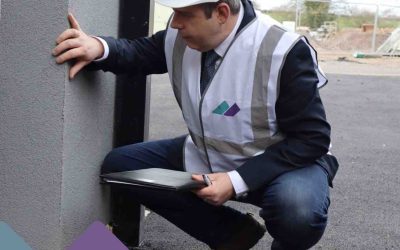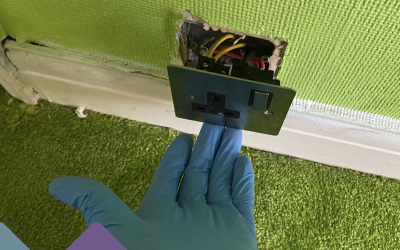In today’s Property Surveying blog, we are going to be looking at commercial dilapidations and the procedures and protocols that follow at the end of a tenant’s lease.
Schedule of Dilapidations are in place to ensure that the landlord and tenant are able to reach reasonable agreement on the expiry of the tenant’s lease and occupancy of the property.
A Schedule of Dilapidations will ensure that the landlord is not unfairly left out of pocket for remedy and making good, whilst also ensuring that the tenant is not unreasonably charged for defect and issue that is outside the scope of their lease and contract.

What is a Schedule of Dilapidations?
A Schedule of Dilapidations is a comprehensive and detailed surveyor’s inspection and report that is undertaken at the end of the tenant’s lease.
A Schedule of Dilapidations can also be undertaken towards or approaching the end of the tenant’s lease.
The inspection will see a surveyor instructed on behalf of the landlord carefully go through the tenant’s property and demise ensuring that the condition is in no worse a state than when the tenant took occupancy at the start of the lease.
During the inspection, the surveyor is going to be noting and setting out those areas of breach, and defect that they believe the tenant has caused.
Once they are back in the office, the surveyor is then going to tabulate this information and present it within a terminal Schedule of Dilapidations report.
This will then be presented to the tenant with a reasonable period of time for them to remedy and rectify the various different issues of breaches noted.
Does The Tenant Have To Agree?
In short, no the tenant does not need to agree to the landlord’s surveyor’s assessment of the Schedule of Dilapidations.
If they are disputing the scope and coverage of the dilapidations noted, they are within their legal right to instruct their own surveyor to undertake a similar assessment and report to ensure that they are fully advised.
The tenant’s surveyor is very much going to retrace the footsteps of the landlord’s surveyor, albeit likely to tailor their report to comment or respond to the landlord’s surveyor’s findings.
Once the tenant’s surveyor has then completed their assessment and advise the tenant accordingly, at that state the landlord’s and tenant’s respective surveyors will then open discussion in an effort to resolve the matter.
Once a final scope of dilapidations has been agreed, it is then for the landlord and tenant to decide whether the tenant will provide the landlord with a cash settlement, or alternatively whether they will remedy and rectify the dilapidations through contractor repair, redecoration, reinstatement and replacement.

Who Pays For A Dilapidations Report?
Under the terms of the lease, or very much the vast majority of leases, the tenant will be responsible for the landlord’s reasonable costs for their surveyor to prepare the Schedule of Dilapidations report.
Furthermore, it is reasonable for the tenant to cover the landlord’s surveyor’s costs for negotiating and resolving a dilapidations dispute.
Tenants should be well placed and expecting of costs towards the end of the lease, as ultimately the landlord will just want to ensure that the property is presented back to them in an easy to market state so that a new tenant isn’t put off by the condition during viewings, offers, or taking occupancy.
If you would like to discuss dilapidations reports with our team of experienced and qualified building surveyors, please feel free to get in touch today.
Here at Stokemont we are building surveyors at our core, dilapidations is one of the key services that we undertake day in, day out. We look forward to hearing from you soon.




